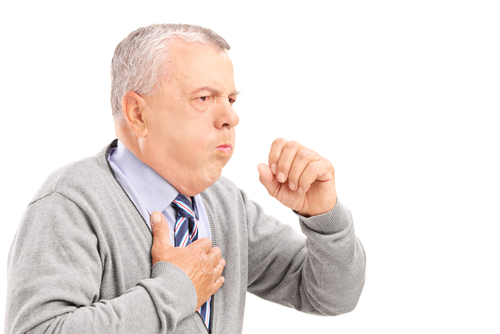When to see your GP
Immediate consult with the medical practitioner must be done if suspecting whooping cough.
Diagnosis is usually done by asking about symptoms and listening to the cough (the whooping cough is very distinctive).
Whooping cough can also be confirmed with:
- a blood test – to test for antibodies to Bordetella pertussis bacteria
- a sample of mucus taken with a swab – to test for Bordetella pertussis bacteria
Whooping cough can be severe in young babies and, in some cases, they may need to be diagnosed and given immediate treatment in hospital.
Treating whooping cough
Whooping cough is usually treated with antibiotics at home. Young babies (less than a year old) with whooping cough may need hospital treatment to avoid developing complications.
Babies and young children
Children admitted to the hospital, are usually treated in isolation. This means they will be kept away from other patients to prevent the infection spreading.
Intraveous antibiotics, or medications being infused directly into the vein, are given.
Corticosteroids may be given alongside to reduce inflammation (swelling) in the airways, making it easier to breathe. Like antibiotics, corticosteroids may be given intravenously.
If assistance with breathing is necessary, they may be given extra oxygen through a facemask. A handheld device called a bulb syringe may also be used to gently suction away any mucus that is blocking their airways.
Severe whooping cough in young babies
Young babies can be severely affected by whooping cough and it can cause significant damage to their lungs. Therefore, they may need a high level of support in hospital, involving:
- ventilation to support their lungs
- intravenous medicine to support their blood pressure
If these measures fail, the baby may need extracorporeal membrane oxygenation (ECMO). This is similar to a heart-lung bypass machine and delivers oxygen into the blood.
Older children and adults
The condition tends to be much less serious in older children and adults and can usually be treated at home with antibiotics and self-help measures.
Antibiotics
If whooping cough is diagnosed during the first three weeks (21 days) of the infection, a course of antibiotics will be given by your doctor to prevent the infection spreading.
Antibiotics will stop you from being contagious after five days of taking them. However, without antibiotics, you may still be infectious until three weeks after your intense bouts of coughing start.
If whooping cough is diagnosed in the later stages it’s unlikely for antibiotics to be given and symptoms will not change.
Self-help measures
Whooping cough is much less serious in older children and adults than it is in babies and young children. Home management will be enough and the following instructions will be given:
- get plenty of rest
- drink lots of fluids to prevent dehydration
- clear away excess mucus or vomit during bouts of coughing so it cannot be inhaled and cause choking
- ibuprofen or paracetamol can be used to relieve other symptoms such as a high temperature and sore throat – aspirin should not be given to children under the age of 16
How to avoid passing on the infection
Whooping cough is highly contagious, it is important to stay away from others until the infection has completely cleared.
The affected person should stay at home until they have completed a five-day course of antibiotics, or had intense bouts of coughing (paroxysms) for three weeks (whichever is sooner).
Although bouts of coughing may continue after three weeks, it is unlikely you’ll still be infectious.
Preventative treatment
Preventative treatment may be recommended for people you live with, if they are vulnerable to infection (known as vulnerable contacts).This includes:
- newborn babies
- young children under the age of 12 months who have not received the complete course of the DTaP/IPV/Hib vaccine
- children under the age of 10 who have not been vaccinated
- women in the last month of pregnancy
- people with a weakened immune system, such as people with HIV or people undergoing chemotherapy
- people with a long-term health condition such as asthma or heart failure
Preventative treatment is also usually recommended if a household member works in a healthcare, social care or childcare facility as they could pass the infection on to other vulnerable contacts.
Preventative treatment usually involves a short course of antibiotics, and in some cases, a booster dose of the vaccine.


